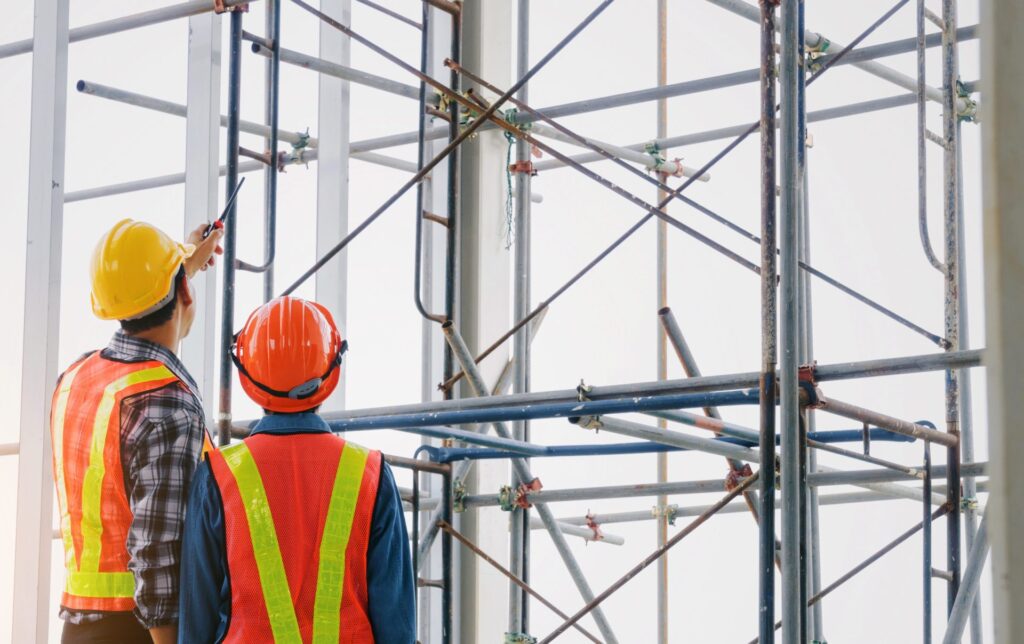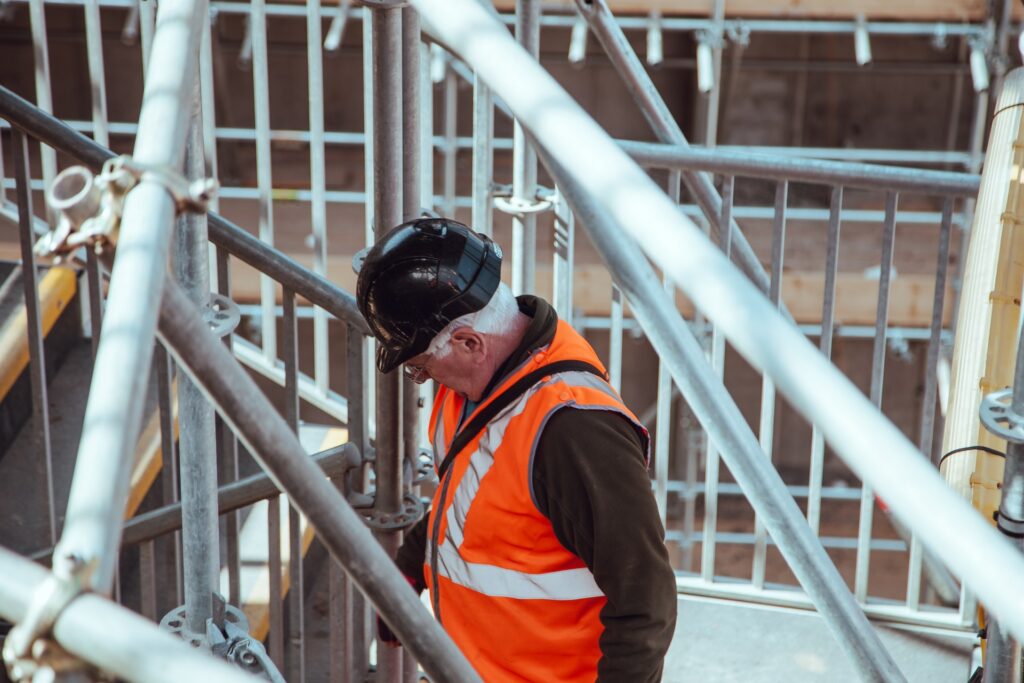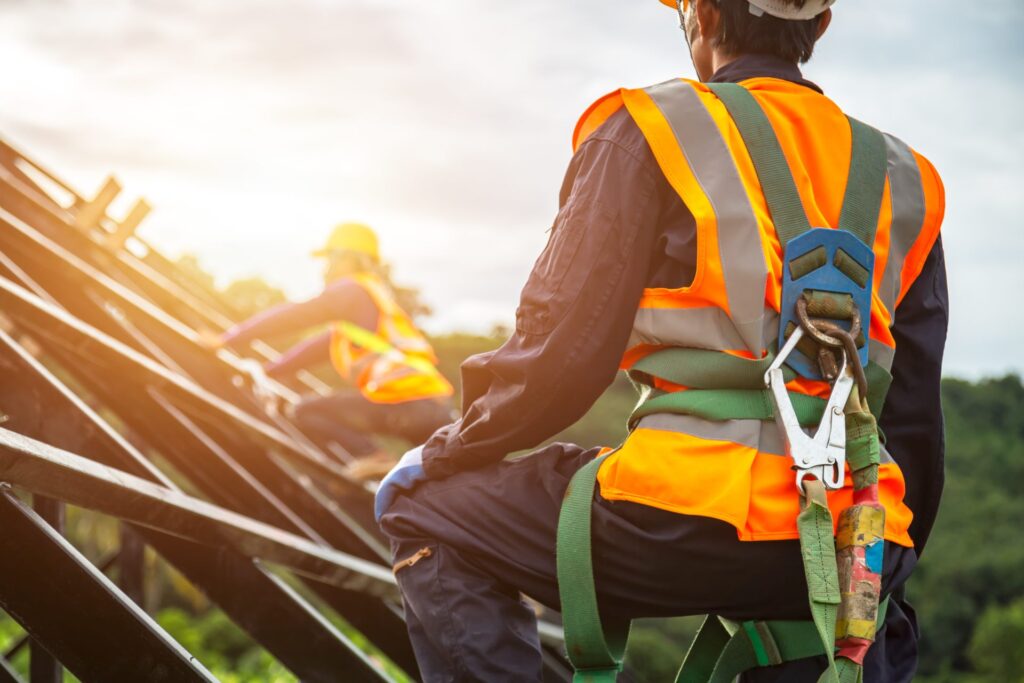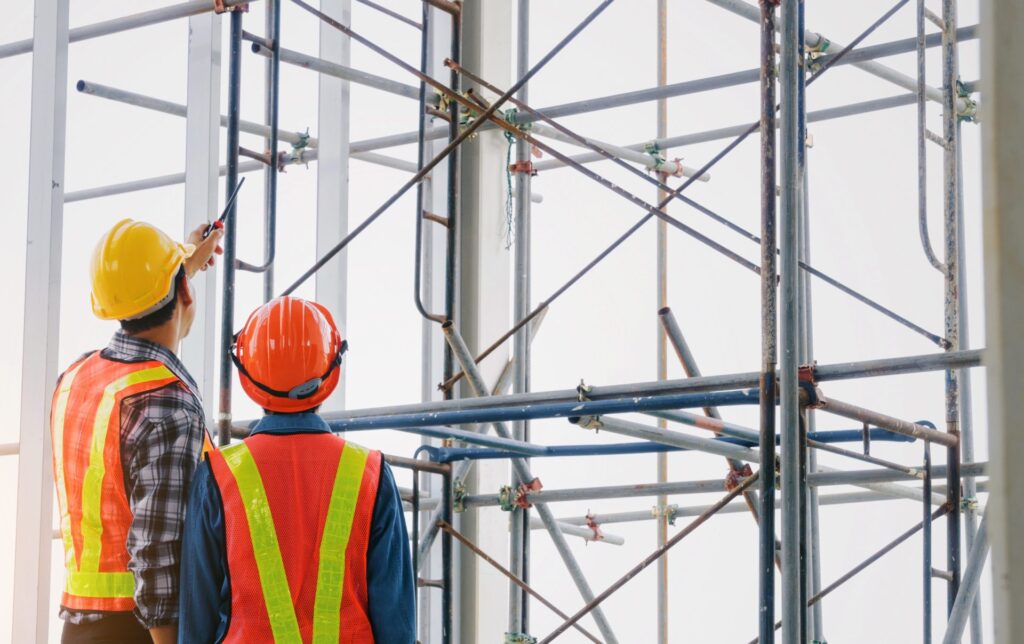Scaffolding towers are integral to a plethora of construction, renovation, and repair projects. However, the process of erecting one may seem daunting for those who are inexperienced. In this blog post, we’ll walk you through the necessary steps to set up your own scaffolding tower, ensuring safety and efficiency throughout the process.
Understanding the Basics of Scaffolding Towers
Before diving into the process, it’s crucial to understand what a scaffolding tower is and its key components. A scaffolding tower, often constructed from steel or aluminum, is a temporary structure used to support workers and materials during construction or repair projects.
The main components include:
- Base Plate or Adjustable Jack: These are positioned at the bottom of the scaffolding and ensure a stable and level platform.
- Standard/Upright: These are the vertical tubes that provide the scaffolding’s height.
- Ledgers: These horizontal tubes connect the standards.
- Transoms: These are cross-sectional pieces that provide platform support.
- Scaffold Boards: These form the working platform.
- Guardrails: These safety features prevent falls.
Now that we have a basic understanding, let’s jump into the step-by-step process of erecting a scaffolding tower.

Safety First – Pre-Erection Preparations
Evaluate the Ground Surface
Start by evaluating the ground where you’ll set up the scaffolding. It should be firm and level to ensure stability. If the ground is uneven, use adjustable jacks or sole boards to create a level base.
Organize Your Equipment
Next, gather and check all your components. This includes the base plates, standards, ledgers, transoms, scaffold boards, guardrails, and any necessary braces, couplers, or safety equipment.
Plan Your Scaffold Tower
It’s important to plan the scaffolding’s dimensions to ensure it’s fit for purpose. The height should be three times less than the minimum base dimension to prevent tipping over.
Erecting the Scaffolding Tower
Set Up the Base
Start with base plates or adjustable jacks placed approximately where the corners of the tower will be. Next, connect two standards to the base plates, ensuring they’re upright with a spirit level.
Install the First Ledger and Transom
Connect the two upright standards with a ledger at base level. Then, attach a transom directly above the ledger. This forms your first ‘bay.’
Expand the Base
Repeat the above steps to create as many ‘bays’ as necessary for your scaffold’s width and length. Ensure all bays are square by measuring the diagonals.
Install the Boards and Start Rising
Lay scaffold boards across the transoms to form the base. Once the base is secure, install additional ledgers, transoms, and standards above the base to start building upward.
Install the Guardrails
When the scaffold reaches a height of 2-3 meters, install guardrails for safety. This height may vary based on local regulations, so be sure to verify.
Continue Building Upward
Repeat the above steps, adding more levels until you reach the desired height.

Safety Checks and Precautions
Once your scaffolding tower is erected, it’s crucial to conduct safety checks:
- Check the stability of the scaffold, ensuring it’s level and sturdy.
- Verify all components are secure.
- Inspect guardrails and safety measures.
- Make sure there are no loose objects that could potentially fall and cause injuries.
Dismantling the Scaffolding Tower
Once your project is complete and it’s time to dismantle your scaffolding tower, it’s important to do so safely and systematically. The process is essentially the reverse of erection, but there are still critical points to consider.
Clear the Platform
Begin by clearing the topmost platform of any tools or materials. Leaving items on the platform during dismantling can lead to unnecessary accidents.
Dismantling From the Top Down
Start the disassembly from the top. Remove the guardrails first, followed by the boards on the topmost platform. Next, proceed with the removal of the transoms and ledgers.
Remove the Standards
After the top layer’s horizontal elements are removed, proceed to remove the upright standards. Always remember, the process should be systematic to maintain the balance and stability of the remaining structure.
Repeat for All Levels
Repeat the above process for each level, always working from the top down. Ensure all dismantled parts are safely set aside or immediately transported away from the site to prevent tripping hazards.
Final Safety Tips and Best Practices
While this guide provides you with the basics of erecting and dismantling a scaffolding tower, there are a few final points to consider.
Never Overreach
When working on a scaffolding tower, never overreach or lean off the edge. This can destabilize the tower and lead to falls.
Limit the Load
Never exceed the recommended weight limit for your scaffolding. Overloading can result in structural failure.
Use Safety Gear
Always wear appropriate personal protective equipment (PPE), including hard hats, non-slip boots, and, where necessary, harnesses.
Seek Professional Advice
If you’re unsure about anything related to scaffolding, seek professional advice. It’s always better to prioritize safety over assumptions or guesswork.
Erecting a scaffolding tower can be a complex task, but with careful planning, attention to detail, and a strong emphasis on safety, it’s certainly achievable. We hope this guide provides the insight and confidence you need to set up a scaffolding tower for your next project. Remember, always prioritize safety, and don’t hesitate to seek professional advice when needed. Give the team at Superior Scaffolding Auckland if you need help!
About the Author:
Mike Veail is a recognized digital marketing expert with over 6 years of experience in helping tradespeople and small businesses thrive online. A former quantity surveyor, Mike combines deep industry knowledge with hands-on expertise in SEO and Google Ads. His marketing strategies are tailored to the specific needs of the trades sector, helping businesses increase visibility and generate more leads through proven, ethical methods.
Mike has successfully partnered with numerous companies, establishing a track record of delivering measurable results. His work has been featured across various platforms that showcase his expertise in lead generation and online marketing for the trades sector.
Learn more about Mike's experience and services at https://theleadguy.online or follow him on social media:




